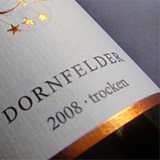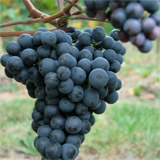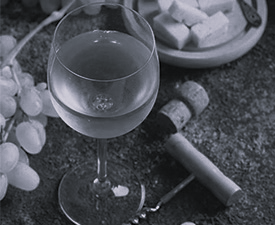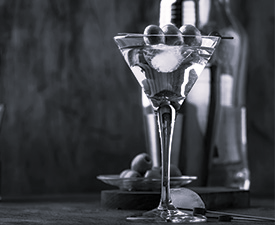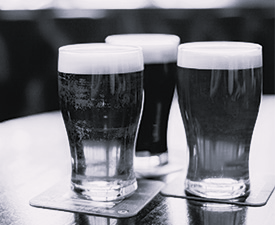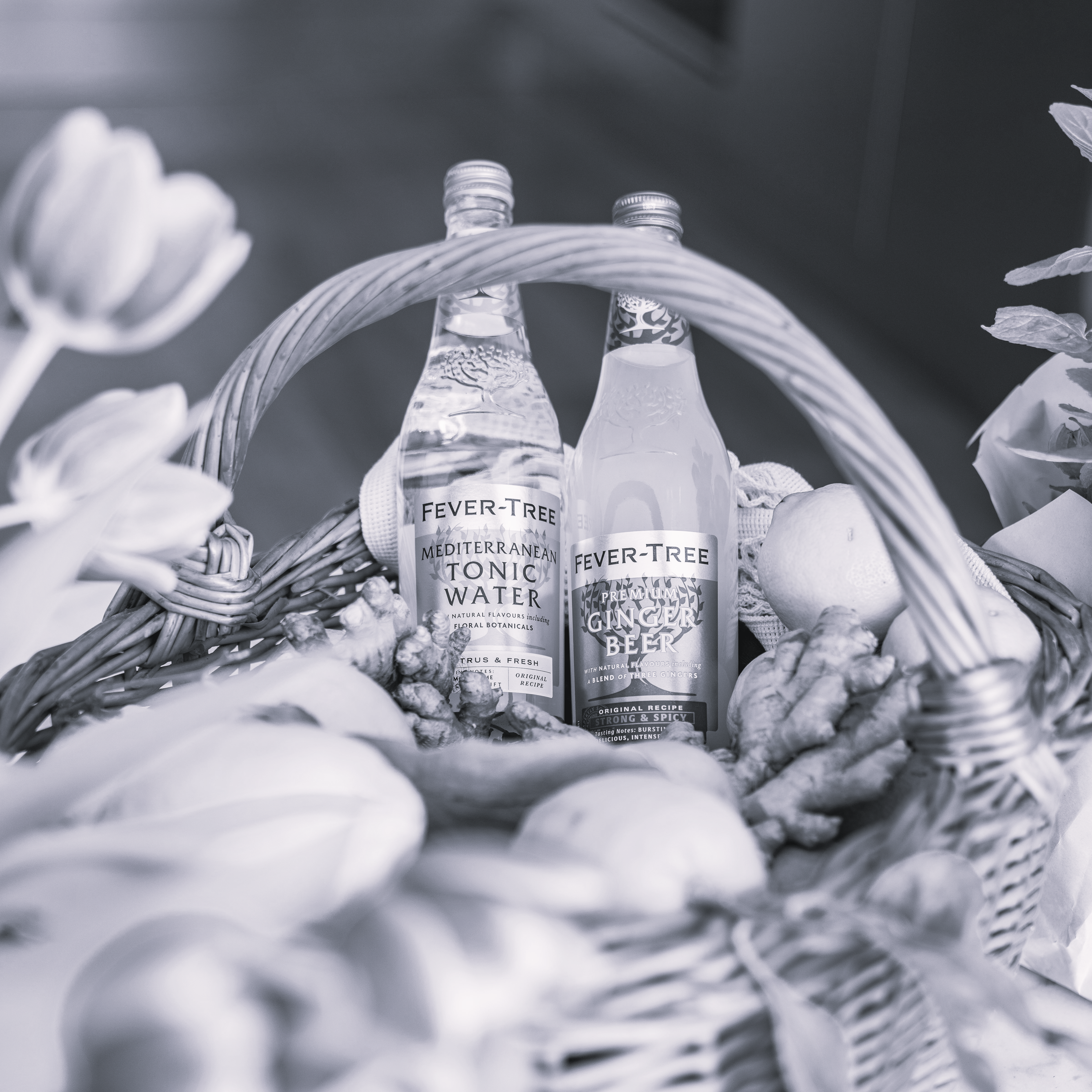Dornfelder is the most successful German-crossed red grape variety. It was first crossed in 1955 by August Herold at the Weinsberg Wine School, where he crossed the Helfensteiner grape and the Heroldrebe grape. The grape was named after the founder of the Wine School, an Imanuel Dornfeld - (1796-1869), a senior civil servant who was instrumental in creating the viticultural school in Weinsberg.
The Dornfelder grape variety shows great promise - a prolific, relatively early ripening grape, it produces wine far deeper in colour than typical German red wines. It was initially crossed to serve as a blending grape to improve the colour of pale red wines.
From 124ha in 1979, the area under vine has expanded to 8,231ha in 2007, with the Pfalz and Rheinhessen regions having the most vine plantings. Dornfelder is the second most grown red wine grape variety in Germany - with approximately 8% of the total vine area.
Dornfelder has become quite popular in Germany since it performs well under viticultural conditions which traditionally were seen as more suitable for white wine production. Traditionally, the red wines of Germany were typically pale and light-bodied, but new crossed dark-skinned grapes led by Dornfelder have allowed the production of more internationally-styled red wines. Dornfelder has a depth of colour, good acidity and the ability to benefit from barrel aging and the associated oak flavours.
In comparison to traditional red wine varieties of Germany, Dornfelder is easier to grow than Spatburgunder, has better resistance to rot - as well as deeper colour, more powerful flavours and more tannin, and achieves higher natural alcohol levels than most other red varieties. Dornfelder can be very productive, and yield up to 120 hectoliter per hectare, but quality-conscious producers typically keep yields much lower. Higher-quality Dornfelder wines are velvety textured, slightly floral, often show flavours of plums, blackberries or cherries, and are more frequently aged in oak.

